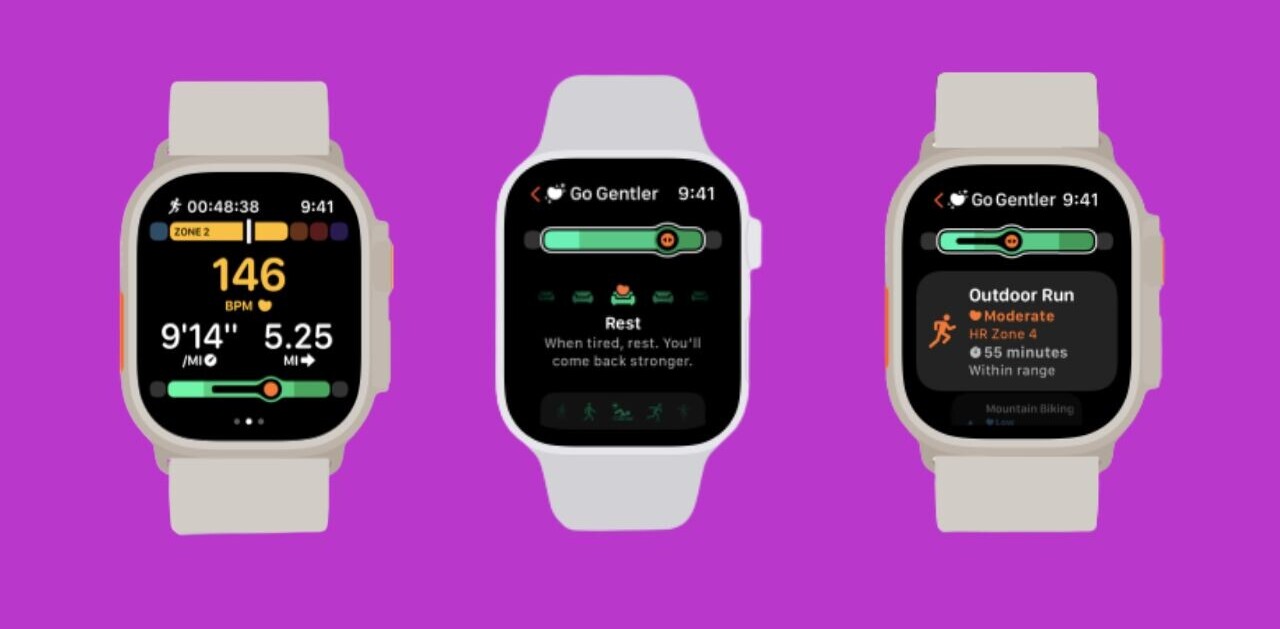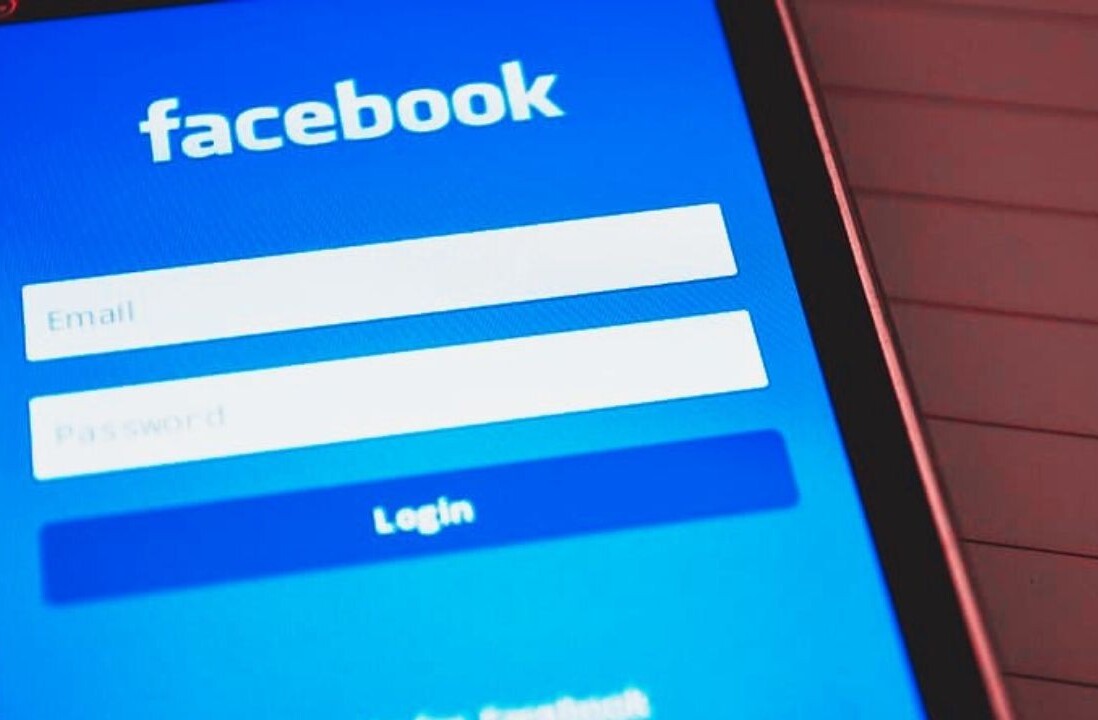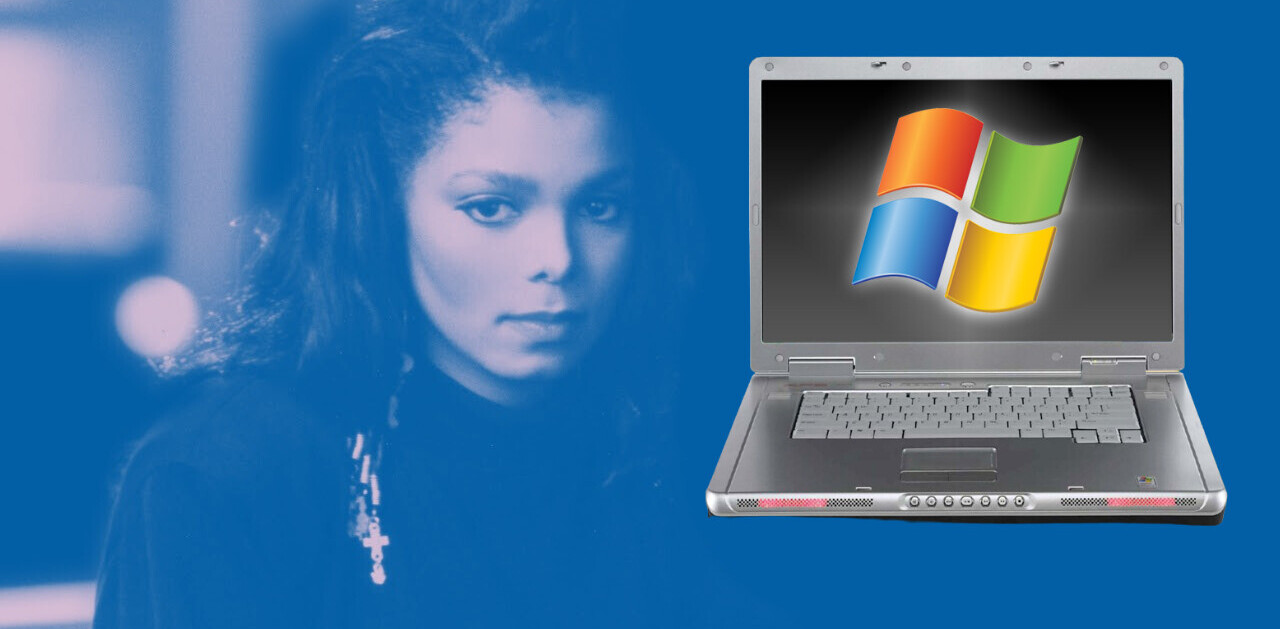
Starting May 2011, Indian households can proudly showcase their shiny new gadget, a Slingbox.
For those not familiar with the iconic device, Slingbox makes it simple to watch and control live TV content from a cable box, satellite receiver, DVR or video camera on any remote device such as a mobile phone, PC, laptop or tablet located anywhere in the world via a broadband Internet connection.
To cash in on the ongoing IPL Cricket tournament, the company is offering its products at introductory prices. They would have hit a jackpot if the Slingbox was launched before the Cricket World Cup that concluded few weeks ago.
The basic version of the product known as Slingbox 120 that streams standard-definition (SD) content will cost Rs.7,999 and Slingbox PRO-HD will cost Rs.14,999 for a high-definition viewing experience. In addition, Sling Media is also offering SlingLink, which simplifies the home Internet network connection and provides fast, smooth video playback at an MRP of Rs. 4,999.
After setting the Slingbox at home, you can watch the television content on smartphones by downloading the SlingPlayer Mobile app which costs around $29.99 in major app marketplaces.
The company has succeeded the first and major hurdle – pricing – with much ease. A lot of consumer electronic companies have failed to make it in India because of the ridiculous pricing policies.
The real problem for Slingbox is to convince people on the value of buying a box that streams TV over the Internet. There are two things in play here and both of them concern the Internet. First, with broadband penetration, streaming video sites like BigFlix.com and Rajshri.com are going to make the competition a lot tougher.
Second, one will have to have a decent Internet connection on both ends to get the content streaming. Given the cost of bandwidth on both the ends and taking into account the fair usage policies of ISPs everywhere, Slingbox is going to face an uphill battle.
Get the TNW newsletter
Get the most important tech news in your inbox each week.





